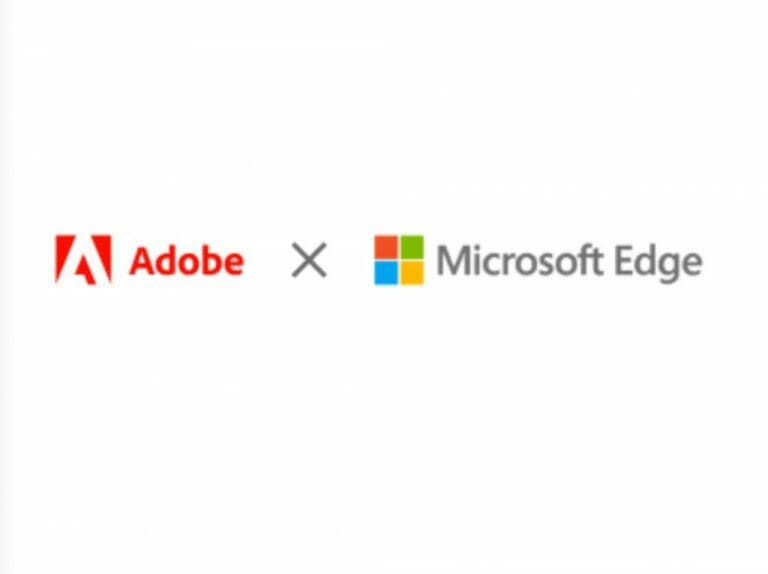Microsoft has announced that it has natively embedded Acrobat PDF technology in its browser Edge. With this new addition, both Windows 11 and Windows 10 users will now get an enhanced PDF experience.
According to Microsoft:
Together, the two companies are updating the PDF experience and value users have come to expect in Microsoft Edge by powering the built-in PDF reader with the Adobe Acrobat PDF engine. This will give users a unique PDF experience that includes higher fidelity for more accurate colors and graphics, improved performance, strong security for PDF handling, and greater accessibility—including better text selection and read-aloud narration. These capabilities will continue to be free of cost.
Users that are looking to make use of advanced features like the conversion of PDFs to other formats or combining files are encouraged to purchase an Acrobat subscription. The subscription will allow you to access these features within the Edge browser via an extension, meaning you don’t have to download the app separately.
If you currently have an active subscription you can leverage all these features within your Edge browser at no additional cost. Ultimately, enhancing the users’ productivity and providing “fast and secure access to critical digital document capabilities,” says Jared Spataro, Microsoft’s Corporate Vice President, Modern Work & Business Applications.
Adobe’s SVP and GM, Ashley Still further added that:
By bringing the global standard in PDF experience to Microsoft Edge and the billion-plus Windows users worldwide, Adobe and Microsoft are using our joint heritage and expertise in productivity to take an important step forward in making modern, secure, and connected work and life a reality
Microsoft has indicated that the transition to the built-in Microsoft Edge PDF reader with the Adobe Acrobat PDF rendering engine for organizations with managed devices will be gradual in order to meet their needs. The company plans to phase out the Microsoft Edge PDF solution with the legacy engine in March of next year.
This gives organizations a bit of time to make the transition, with an opt-in option. In related news, this is not the first time Microsoft is working closely with Adobe Acrobat. In fact, towards the end of last year, the company deeply integrated the Adobe Acrobat app into Teams.


